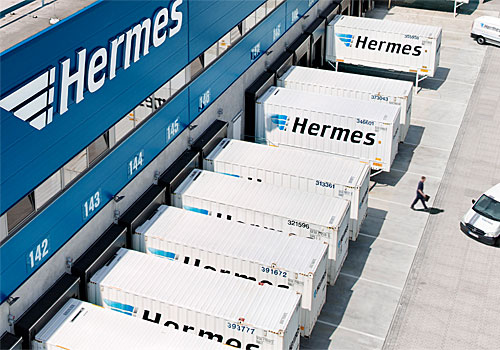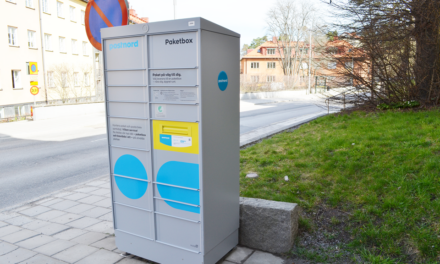
Hermes UK home delivery survey – reliable and affordable wins the race
“For retailers to be successful, they need to have a range of delivery options. Having a next-day option, same day, signed for option – it’s all important, even if a consumer doesn’t use them. You just have to make sure the price point is right.”
Increasingly, opting for a range of delivery options in the UK means retailers have to pick and choose multiple carrier partners, with different carriers providing different aspects of the service and the retailer as a whole enjoying “best in class” service, rather than the simplicity of working with a one-stop-shop carrier.
Carrier management software providers like GFS and Metapack are helping smaller retailers to also benefit from this multi-carrier approach, Woodhead says.
“There’s less retailers opting for one carrier supplier, less courier companies trying to be all things for all people,” she says.
Peak challenge

Hermes UK has a policy of protecting its service quality at Christmas by planning early, and by not taking on more retail customers when hub and depot capacity is filled
With the current constraints in the UK parcel delivery market, what happens in the run-up to Christmas is the number one concern for retailers when talking to carriers like Hermes.
Market observers suggest planned growth in new parcel infrastructure in the UK is not high enough to match expected increases in parcel volumes, and investing in new capacity takes time – particularly at a hub level, where new capacity can take a few years to realise.
Woodhead said in the last year, the UK market has started hearing about the possibility of carriers bringing in peak pricing for their delivery services during November and December, and reserving capacity for those that will pay.
Hermes itself begins planning its next festive season “when we come back on 2nd January”, says its chief executive, and the company does have a scalable model that can expand according to demand.
But Woodhead says her company does have a strategy of holding capacity in its hub and depots for major retailers.
Hermes has enjoyed growth rates above the 15% year-on-year market average, with last year’s volumes up 40% compared to the peak in 2010, and this year the company is predicting at least a 25% growth on 2011.
But other than having suitable contingency plans in place in case of weather disruption, Woodhead says the key for Hermes is to be cautious in taking on more retail customers than the company can handle in any one year.
Retail customers appreciate knowing that when they’ve committed to Hermes, their capacity is safe assuming the weather holds, she says.
“We always work within our means. We have been the most prudent of all the carriers this year,” Woodhead claims. “In June of this year we were telling our customers we are getting full now, the sooner you join us the better. But we do pull the drawbridge up every year to protect the service.”
Hermes UK delivers about 160 items a year through its network of 7,500 lifestyle couriers, for clients including the retailers Next Directory, ASOS, QVC, Tesco, John Lewis, New Look, Debenhams and JD Williams.













